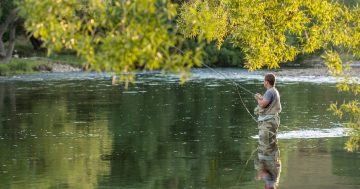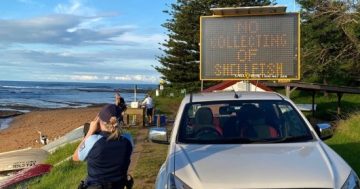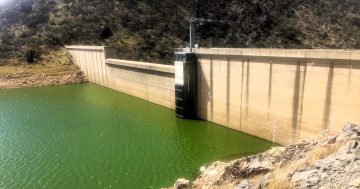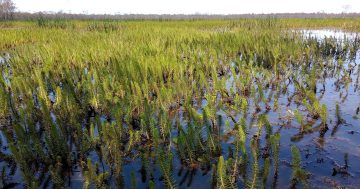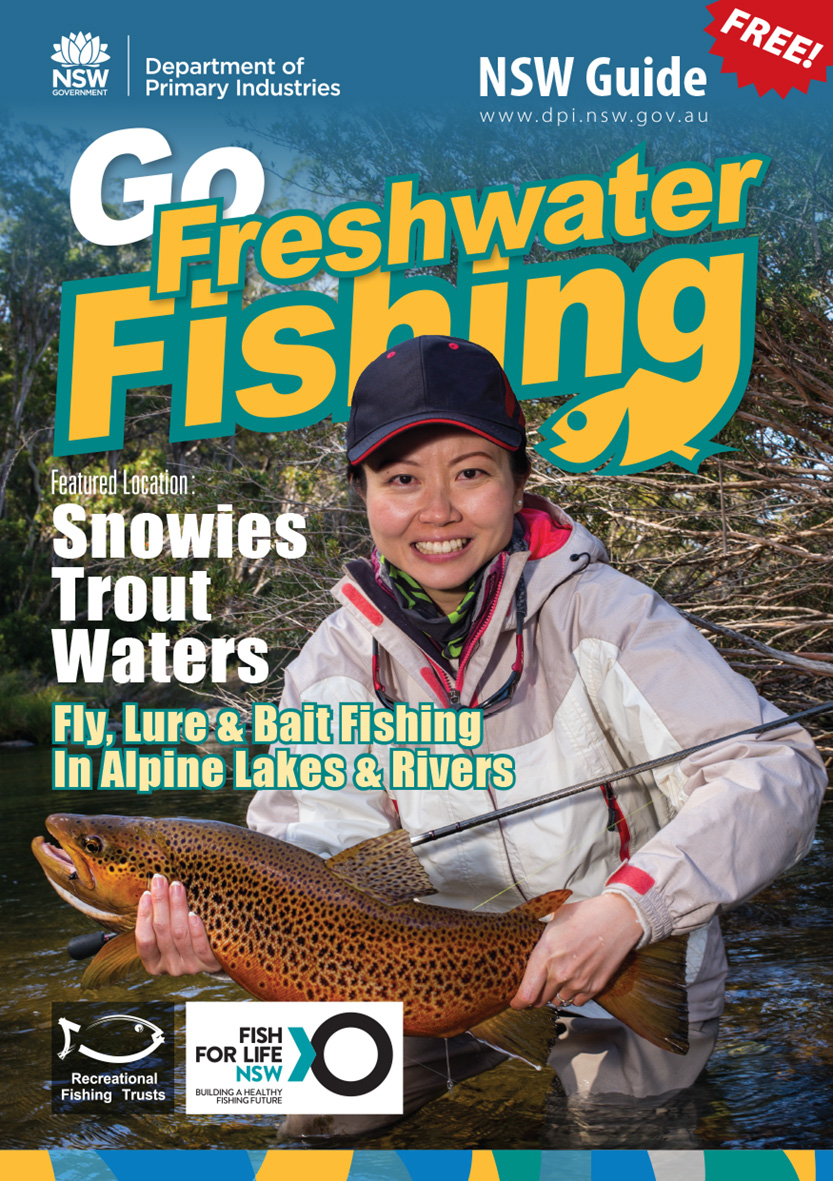
The NSW DPI has released a comprehensive guide to fishing in the Snowy Mountains region. Photo: NSW DPI.
The NSW Department of Primary Industries (NSW DPI) has released a new publication to help would-be anglers get the most out of the Snowy Mountains fisheries.
Go Freshwater Fishing – Snowies Trout Waters is an informative publication that includes maps of Lakes Jindabyne, Eucumbene and Tantangara as well as fact sheets about the local fish stocks, fishing regulations and more.
The local fishing industry has been estimated to be worth about $70 million to the Snowy Monaro economy.
It is a year-round sport for lake fishing, although rivers are closed over winter and restricted during the annual spawning run.
The Snowy Mountains region, about two hours’ south of Canberra via the Monaro Highway, was immortalised in Australian folklore with the poem The Man from Snowy River, written in 1890 by Andrew Barton ”Banjo” Paterson.
Today, the High Country remains an iconic destination for anglers because it boasts arguably the best trout fishing in mainland Australia.
The alpine climate and cool mountain waterways support ideal habitats for salmonids. Most of the waterways in the Snowies originate in and around Australia’s highest peaks, draining throughout the south-eastern-facing slopes of the alpine region.
The fishery, most of which is within the Kosciuszko National Park, comprises 16 hydro dams built between 1949 and 1974 as part of the Snowy Hydro Scheme, plus an abundance of creeks, streams and rivers.
Although not native to Australia, rainbow trout, brown trout, brook trout and Atlantic salmon have all taken to these waterways since their release in the late 1800s.
A vast array of fishing options caters to all anglers.
The region’s largest lakes of Eucumbene and Jindabyne are perfectly suited to soaking a bait, land-based sight fly fishing and lure casting and trolling.
Smaller reservoirs such as Tantangara also provide similar offerings but are a little more ”off the grid”.
A multitude of river systems can be explored by the adventurous angler. These range from small mountain creeks through to powerful freestone waterways such as the Thredbo and Eucumbene rivers.
These rivers have long been regarded as the region’s premier fly and lure fishing destinations, offering anglers the chance at trophy brown and rainbow trout.
Trout fry and fingerlings are produced at the NSW DPI Fisheries Dutton Trout Hatchery at Ebor and the Gaden Trout Hatchery in Jindabyne for release into waterways in NSW to improve the fishing experience.
Trout are stocked under the salmonid stocking policy by DPI staff and by members of trout acclimatisation societies.
All trout stocking sites are selected based on extensive consultation with acclimatisation societies, fishing groups and community groups, which take into account the conditions of streams and impoundments.
An environmental impact statement for freshwater fish stocking ensures best practices.
Several picturesque towns and villages, including Cooma, Adaminaby, Jindabyne and Thredbo, offer a range of accommodation and dining options.
Anglers can also enjoy one of the many wonderful camping and accommodation alternatives within Kosciuszko National Park.
The fishing guide is available from the Department of Primary Industries website.






